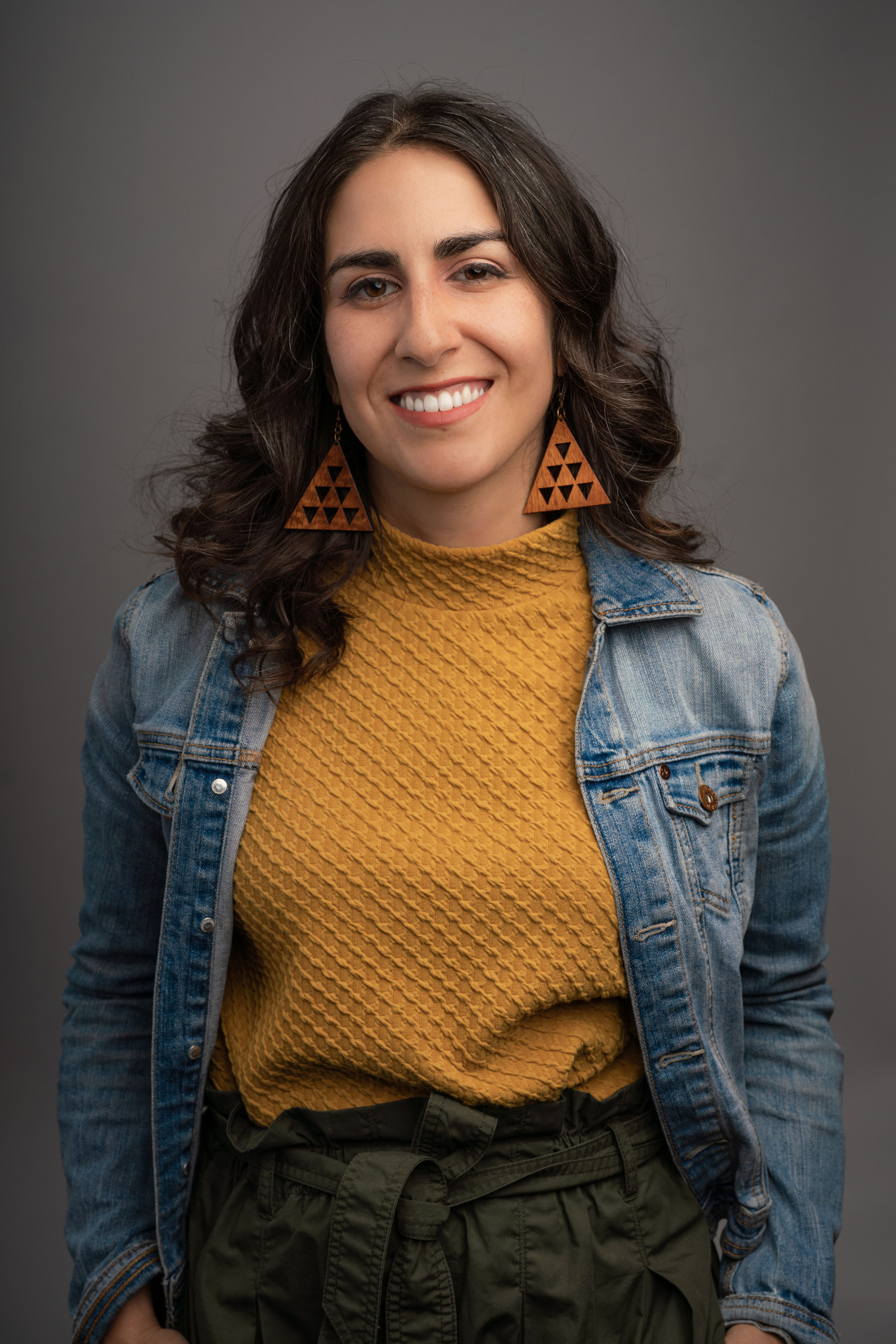What type of content do you primarily create?




Miranda Black is the host of What’s This Place, a podcast about sustainable retail and fashion. She dropped us a very enthusiastic note letting us know how helpful Descript has been in producing the podcast, and we reached out to her to learn more.
Tell me what your podcast is about.
What’s This Place? goes behind the bricks and mortar of sustainable businesses. Transitioning to a degrowth business model is challenging, but there are a lot of businesses embracing a lower carbon footprint through simple practices: sourcing raw materials closer to home, using less packaging, zero waste groceries, thrifted and upcycled materials, etc. I love shopping but I hate the guilt I have about creating a huge carbon footprint, so I discover retailers that genuinely use less waste or are turning something old into something different. I get to practice degrowth without losing my style! It’s my mission to bring this aesthetic to listeners around the world.
How do you use Descript to make What's This Place?
I record both live, in-store as well as virtually. When I’m in-store, I use my Zoom H4n and a mic. This is very challenging for me to edit because I’m not very tech savvy. In fact, I am known as someone who hates tech! But I struggled and fought and didn't give up — and then I found Descript!
Seeing the transcript made my process so much easier than looking at sound waves. I can’t believe it, but with my old software I used to have to look for the shape of someone’s verbal tic (some use um, some use like, some have a mouth click) and edit like that.
Can you see what a game changer seeing the words was? Massive. When I found Descript I would be at the dinner table at the end of the day with my family and just say “I can't believe this Descript.” “This Descript is changing my life.” “Guys, I might cry at how grateful I am for Descript.” It was the pandemic so crying was always on the menu. But this was good crying!
Tell me how you made the episode How to Create a Legacy.
This one was hard because I wasn’t prepared to record an interview. I thought I was just having a meet and greet with the founder. But as she started talking I realized this is the interview. So I got my phone out and recorded like that! I had never done that before and had no idea if the sound would work out. She introduced me to about 10–12 people. It was about 2 hours of audio that I had to edit down to 30–40 minutes.
I uploaded all my audio and on the first pass I just listened and highlighted things that stuck out as a “good listen.” Then I just took a walk and let what I heard kind of marinate in my brain.
It’s my strong belief that you need to do more than just hit record then publish. Listeners need a story.
Once I have the story then I edit out everything that doesn't really fit with the narrative. Only then do I edit out the ums and pauses. Those ums and pauses can sometimes be very telling — there can be a lot of emotion behind them. So just editing them all out with one big brush misses the nuances. This way of podcasting is time consuming! But I think I have a more luxury product in the end.

When working in Descript, do you have any technical hacks that save you time?
Highlights! I use highlights all the time…sometimes in multiple colors. For example, in What Is a Bespoke Tailor, I interviewed an 80-year-old Italian tailor. He had three parts to his story: growing up in Italy, immigrating, and becoming a bespoke tailor in Canada.
But in the interview, each of these stories were scattered within each other. I listened to the raw audio, got the three story points, then highlighted them in three different colors. Then I copied the highlights to a new doc and that was pretty much the meat of the pod. I just had to go in and add my audio transitions/explanations for each part of the story. Again, time consuming, but instead of a meandering interview you get a great story that people want to listen to. I know people like to listen because my listen-through rate is about 80–85% (averaged out for all episodes). This means people are engaged.
Where do you go for ideas when your creative well runs dry?
I go for a walk and think about a problem I need solving. For example, my child is going to need new sneakers soon. I need to figure out a way to get them new sneakers that doesn't create new waste or rely on slave labor that most of the big children's sneaker companies use. If I have this struggle, then I know my audience must have it too. Deep down, no one wants to be draining our resources, they just don't know any alternative. I also can't spend a million dollars on the best, most ethically sourced kids’ shoes they’ll grow out of in eight months! So what’s the solution? Let’s go inside and find out.
Have you discovered a useful way to use Descript that you think more people should know about? Share it on social media with the hashtag #MadeinDescript, and we might feature you in an upcoming newsletter!





























%201.svg)











